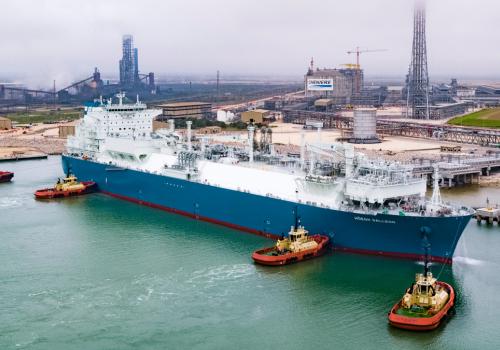ADIA was established by the Government of the Emirate of Abu Dhabi as an independent investment institution. Bloomberg first reported the news of ADIA’s interest in Cheniere valued at US$615M. The news agency said its analysis showed that would make it Cheniere’s fourth-largest investor.
The largest exporter of US LNG, NYSE-listed Cheniere operates two liquefaction facilities on the US Gulf Coast. Sabine Pass Liquefaction in Louisiana currently has five fully operational trains, each capable of producing about 5 mta of LNG. A sixth train under construction will add another 5 mta in capacity when it is commissioned in 2022.
Its Corpus Christi Liquefaction (CCL) facility in Texas has two trains in operation with a third under construction due to be operational by 2021. Once commissioned, the train will boast the CCL’s nameplate capacity to 15 mta.
During July, Sabine Pass Liquefaction shipped 11 LNG cargoes, while Corpus Christi shipped only three cargoes, part of a gloomy picture for US LNG exports during the month, according to the US Department of Energy.
US LNG exports have been severely impacted by the coronavirus pandemic, with over 110 LNG cargoes cancelled by Asian and European customers during June-August, according to Drewry Maritime. Low LNG spot prices narrowed the US-Asia and US-Europe price arbitrage. “Moreover,” explained Drewry Maritime senior research analyst for gas shipping Aman Sud, “major US LNG importers – Japan, South Korea and Taiwan – have seen their LNG demand dwindling, while US-China LNG trade has not been able to pick up as some would have hoped.”
Overall, 31 cargoes of LNG were shipped by US LNG export facilities in July 2020, down from 51 in July year-on-year. By volume, US LNG exports were 96.1Bn ft3 for the month, a decrease by 11.8% from June 2020 and a whopping 38.7% less than a year earlier.
US LNG exports reach 38 countries and a recent policy shift supported by the Trump administration will allow LNG export facilities to extend their term of exports to non-Free Trade Agreement to 2050, an increase over the usual 20-year export term.
